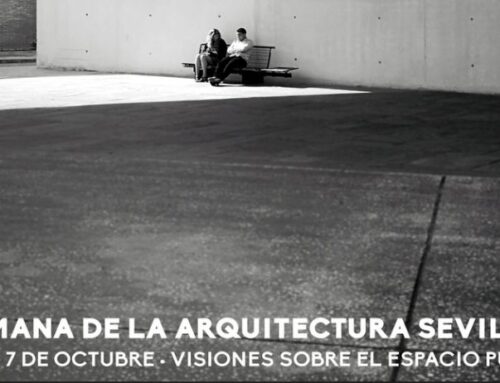THE JACARANDA FILLS THE CITY WITH COLOR AND LIFE
Within the enormous biodiversity of Seville, linked to its close relationship with America and Asia, the Jacaranda occupies a very special place. The explosion of this tree originating in South America tinges the streets with a very characteristic deep purple. Do not miss it, it’s a unique show!
(text by Nomad Garden)
The jacaranda is grown today in the tropics around the world. We can find them in abundance Cape Town, known as “the city of the Jacarandas”, as well as in many cities in southern Spain: due to its climatic peculiarities, the jacaranda can produce here its powerful blue and lilac flowering twice a year. , in spring and autumn.
The name jacarandá, which means “fragrant” in Guaraní, is what indigenous people called the tree in its place of origin, around what is now Brazil. In this sense, Antonio Pigafetta prepared in his diary lists of words specific to the places through which the expedition of Magellan passed, many of which words have been adapted and already belong to the Castilian language. For example, in what refers to the Brazilian territories of the jacaranda, Pigafetta tells how the natives sleep on cotton nets, fastened at both ends to thick poles, called hamaks, the current hammocks. The word with which the natives refer to their boats made of tree trunks, the canoes, is today another one already fully integrated into European languages
In large part Pigafetta was admitted to the crew by Magallanes because of his knowledge of cartography and his status as a linguist or translator. Pigafetta’s vocabulary lists of the languages of Brazil, Patagonia or Indonesia are important first contacts of the time. It highlights the development of what will be the first dictionary of Cebuano, one of the languages of the Philippines that the expedition of Magallanes knew.







